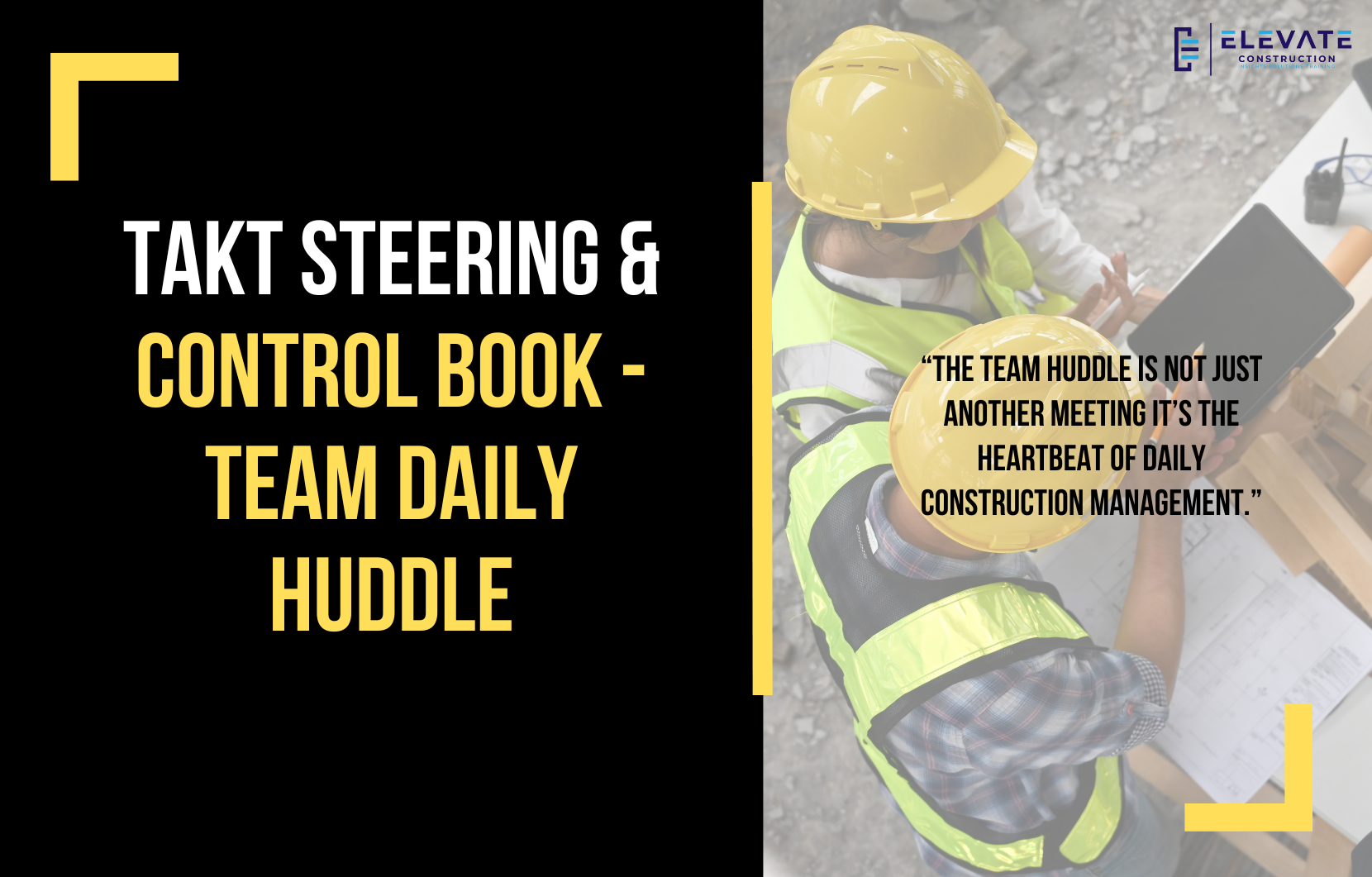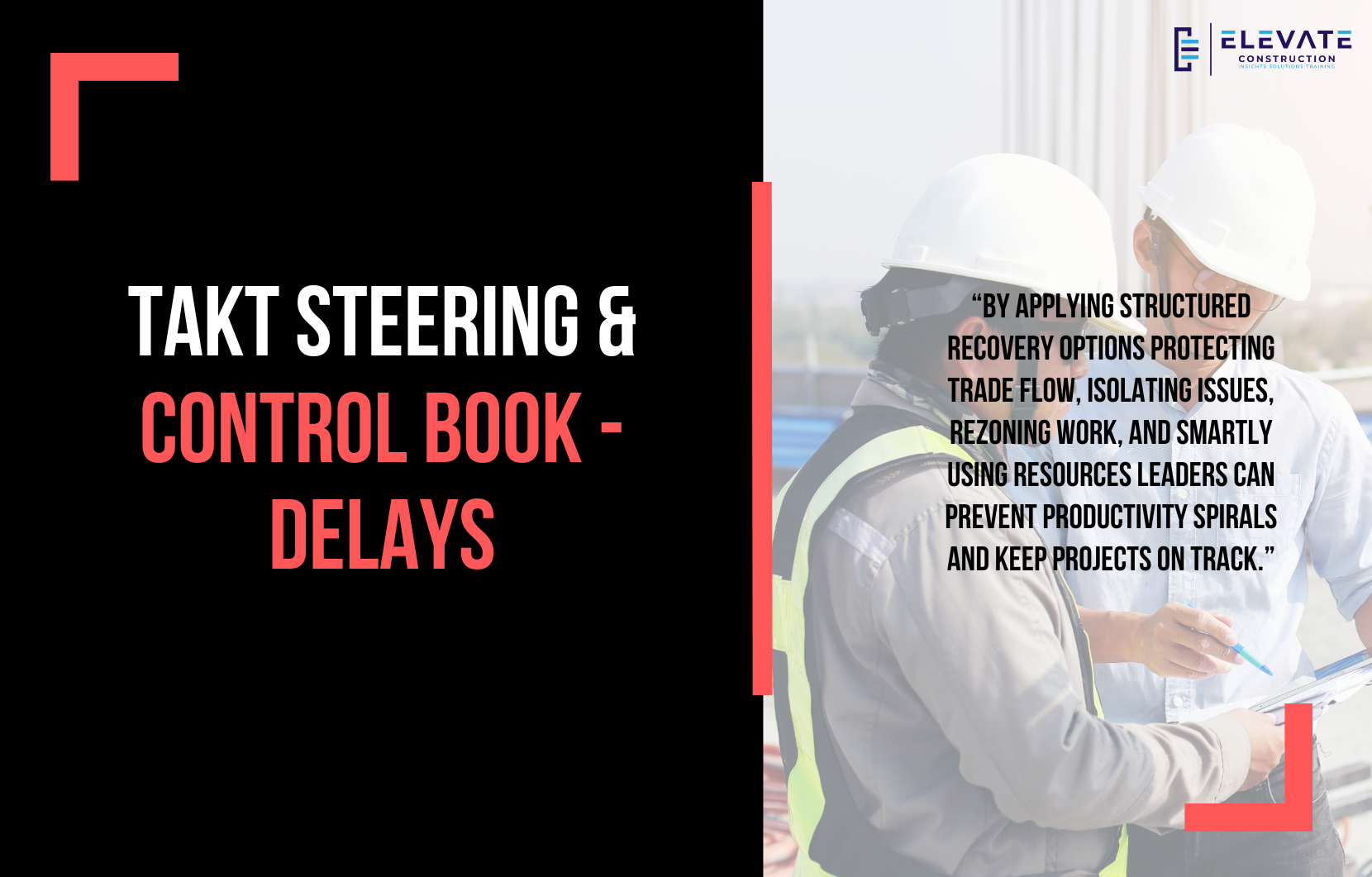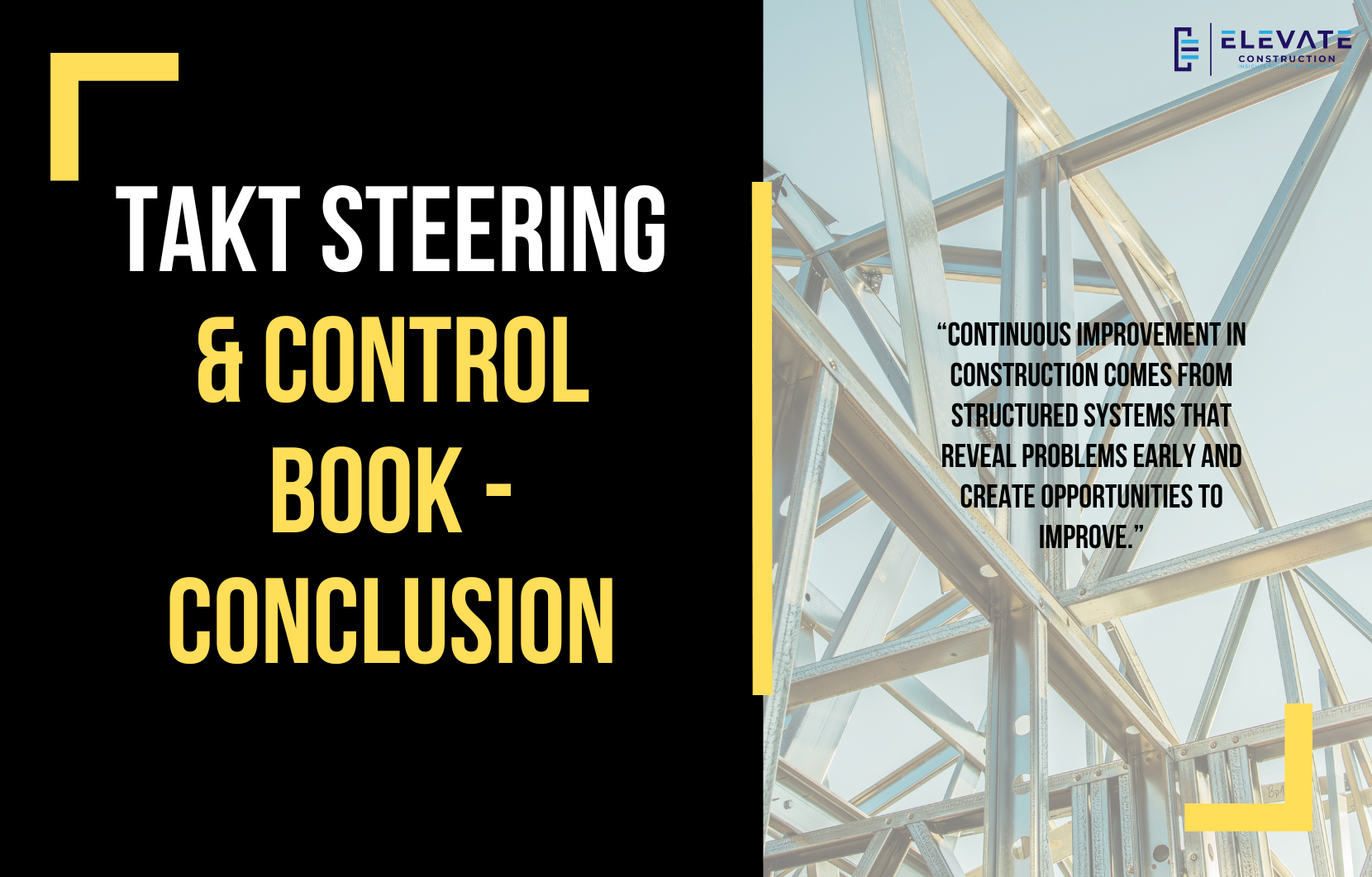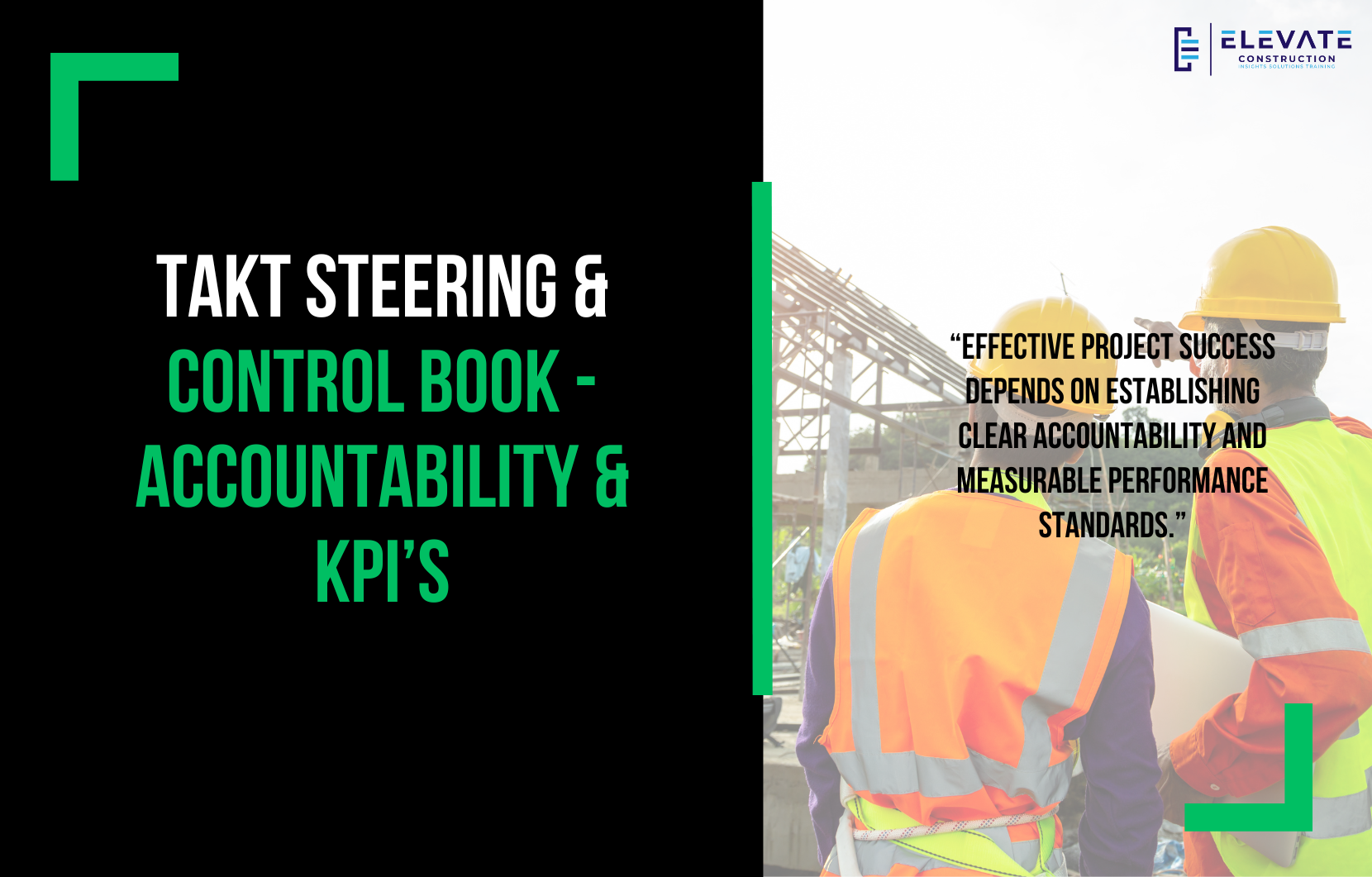The Power of the Team Huddle in Construction
The team huddle is one of the most important touch points in the daily flow of a construction project. It brings together the superintendent, project manager, project engineer, and field engineers to align, solve problems, and keep the day’s work moving forward without unnecessary friction.
This meeting isn’t about long discussions it’s about clarity, alignment, and flow. The project management team gathers, reviews priorities, identifies blockers, and provides direct support to the field so production never stalls. By leveraging a structured approach, such as the scrum framework, the team huddle becomes fast, focused, and effective.
How the Team Huddle Works
- Start with Scrum
Use a board (physical or digital) where everyone can see the tasks. The backlog, workable backlog, in-progress, and complete tasks are tracked visually so the team can move items across quickly to maintain flow. - Go Around the Room
Each member shares what was done yesterday, what they’re working on today, and what help they need. This provides transparency and ensures alignment. - Prioritize Tasks
With field and office meeting daily, it’s nearly impossible to disconnect. Together, the team ensures that the most important and urgent tasks are always at the top of the list. - Identify, Discuss, and Solve (IDS)
Roadblocks and constraints are brought to the surface and solved quickly. This keeps issues from snowballing and protects flow. - Plus Delta
Every meeting ends with a quick reflection what went well (plus) and what could improve (delta). This ensures the huddle stays relevant, engaging, and effective.
Building Flow Across the Entire Project
The team huddle doesn’t stand alone its part of a rhythm of meetings that build on each other to create full project flow:
- Strategic Planning and Procurement Meeting: Controls the master plan and procurement needs.
- Trade Partner Weekly Tactical: Creates look ahead plans and weekly work commitments.
- Foreman Huddle & Worker Huddle: Enable day planning and direct worker communication.
- Crew Prep Huddle & Zone Walks: Ensure readiness and maintain flow on-site.
These meetings, combined with the visuals (boards for teams, workers, zones, and crews), create an integrated system that ensures information flows seamlessly from planning to execution.
Whether on large projects with multiple functional areas or smaller jobs, the team huddle is scalable and fractal adaptable to the size and complexity of the work while maintaining its purpose, enabling flow.
Key Takeaway
The team huddle is not just another meeting it’s the heartbeat of daily construction management. By aligning the project team, solving roadblocks quickly, and keeping priorities crystal clear, it ensures that information flows, production stays on track, and the field has the support it needs to succeed.
If you want to learn more we have:
-Takt Virtual Training: (Click here)
-Check out our Youtube channel for more info: (Click here)
-Listen to the Elevate Construction podcast: (Click here)
-Check out our training programs and certifications: (Click here)
-The Takt Book: (Click here)
Discover Jason’s Expertise:
Meet Jason Schroeder, the driving force behind Elevate Construction IST. As the company’s owner and principal consultant, he’s dedicated to taking construction to new heights. With a wealth of industry experience, he’s crafted the Field Engineer Boot Camp and Superintendent Boot Camp – intensive training programs engineered to cultivate top-tier leaders capable of steering their teams towards success. Jason’s vision? To expand his training initiatives across the nation, empowering construction firms to soar to unprecedented levels of excellence.
On we go










